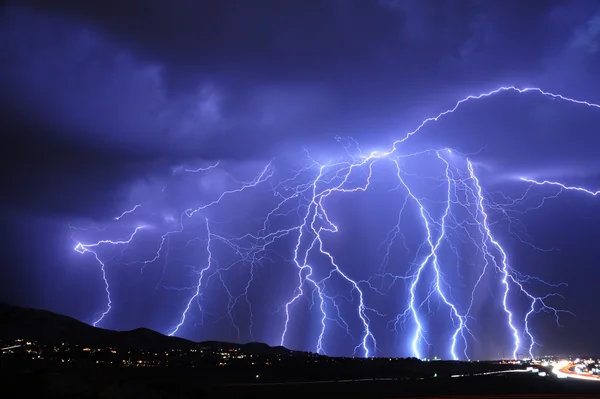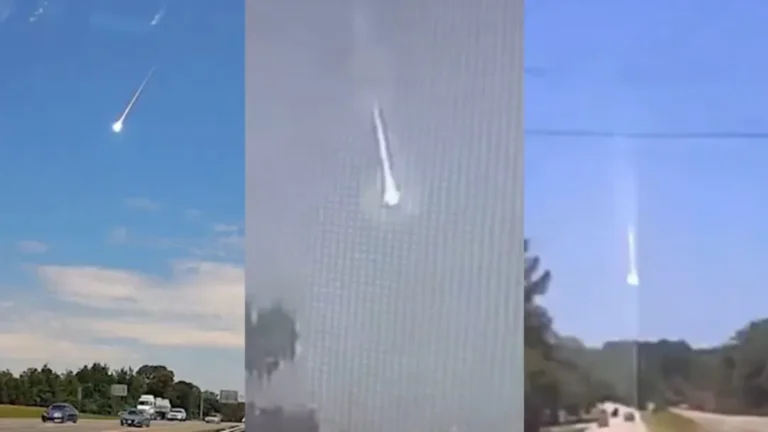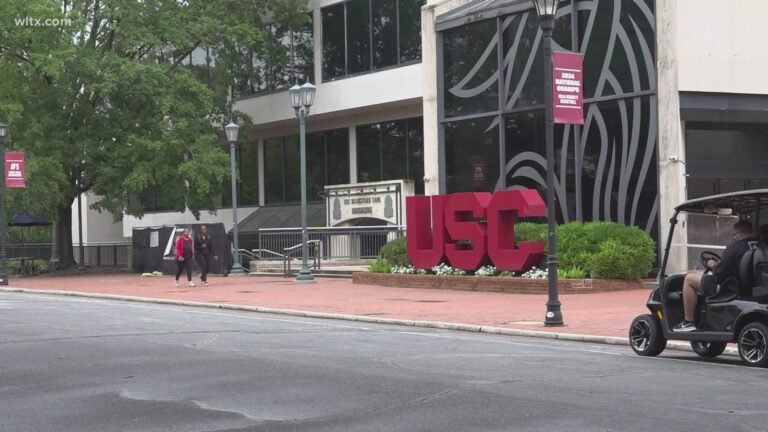Georgia Tech Scientist Helps Confirm Longest Lightning Strike Ever Recorded — A 515-Mile “Megaflash”
ATLANTA, GA — A Georgia Tech scientist played a key role in identifying the longest lightning strike ever recorded — a staggering 515-mile “megaflash” that stretched from Dallas, Texas to Kansas City, Missouri. Though the event occurred in 2017, it took nearly a decade — and new satellite technology — for researchers to detect and validate the record-breaking flash.
Discovery Made Possible by New Satellite Data
The historic discovery was led by Michael Peterson, a researcher at Georgia Tech, who worked alongside other scientists using newly available storm-tracking satellite tools. These enhanced instruments offered researchers greater visibility into massive weather systems, making it possible to revisit older storm data.
“This flash was essentially missed in our initial attempt to process the data simply because it was too big,” Peterson explained. “It was too complicated to work with — but more recently, we developed new methods that are able to handle lightning flashes.”
Why the Flash Was So Hard to Detect
Prior to the updated technology, scientists relied on algorithms that struggled to recognize extremely large or complex lightning events. This particular megaflash — spanning 515 miles across multiple states — was simply outside the processing capabilities of early systems.
The new satellite tools, however, allowed the team to identify the full extent of the flash, which had been hidden in plain sight in archived weather data for nearly eight years.
Implications for Storm Research
The confirmation of this megaflash sets a new world record and offers potential insight into how lightning behaves in severe storm systems. Scientists hope findings like this will improve how we monitor lightning activity, enhance severe weather forecasting, and even help develop better safety warnings during major electrical storms.
Did you know the longest lightning strike spanned nearly half the country? Share this shocking fact and follow more science discoveries at SaludaStandard-Sentinel.com.







